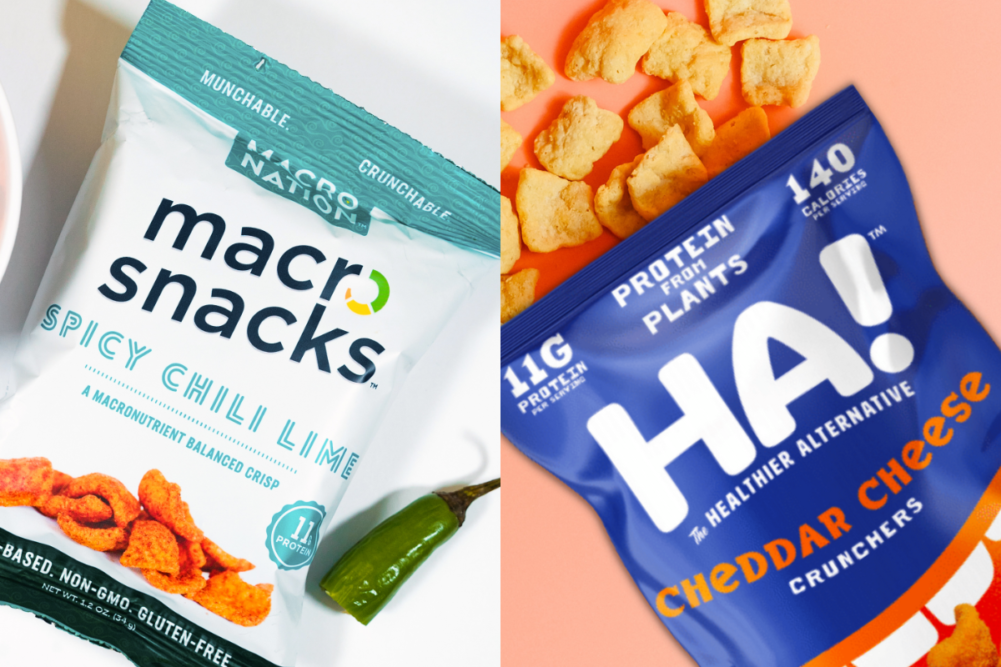 CHARLOTTE, NC. — Justin Wiesehan created a product line people loved. They just didn’t love the name.
CHARLOTTE, NC. — Justin Wiesehan created a product line people loved. They just didn’t love the name.
Two years ago, Mr. Wiesehan launched Macro Snacks, a direct-to-consumer brand of puffs formulated with pea protein, chickpea flour, brown rice flour and organic sunflower oil. The products were developed to deliver a specific balance of carbohydrates, protein and fat for consumers like him who tracked macronutrients to achieve health and fitness goals.
The problem, he discovered, was there weren’t very many consumers like him.
“About 60% of the customers I talked to or surveyed through email had no idea what a macro was,” Mr. Wiesehan said. “I realized as I get bigger and want to scale, that the brand isn’t approachable, it isn’t appealing, and it doesn’t mean anything to anybody.”
While such a self-critical conclusion may seem overblown, discussions with retail buyers offered further proof a new name was needed if the brand would ever land in grocery stores.
“Retailers told us they loved our product, but they didn’t believe macro counters were a big enough market to warrant shelf space,” he said.
Entrepreneurs must consider numerous factors when naming — or renaming — a business. Brands that refer to a specific ingredient, category or diet are limiting. A brand name should adequately communicate the product offering while standing out among competitors in a crowded marketplace.
Rebranding, though, carries risks and may be expensive. Mr. Wiesehan feared he would lose the online following he worked hard to build. So he tapped into that very community to gain a better understanding of why they purchased the product.
“A lot of them told us they used our product as an alternative to unhealthy snacks they used to eat,” he said. “They completely replaced their unhealthy snacking habits with our products.”
This insight inspired the new name, HA! — punctuated by the tagline “The Healthier Alternative.” Mr. Wiesehan invited consumers to vote and provide input on various aspects of the rebranding and new packaging design.
“Engaging the consumer, our current customers, throughout the process helps them feel like they were a part of it, and now they have some identity tied to this brand,” he said.
The new website, hasnacks.com, and refreshed packaging rolled out in July. (Ensuring a domain name was available was another key consideration). The new name not only is more relatable; it also broadens the scope of new product development, Mr. Wiesehan noted.
“The possibilities are limitless now,” he said. “We can basically go out and create a healthier alternative for any type of product.”
With the rebranding process complete, Mr. Wiesehan has launched a crowdfunding campaign and plans to expand onto retail shelves next year.
“The biggest point is to talk to your consumers,” he said. “If you have a good community of customers who are consistently buying your products, listen to what they have to say. They’re your early adopters. They’re going to be the catalyst for growing your brand. Involve them in the process in any way you can, whether that’s new flavor development, whether it’s rebranding, whether it’s new product development. They’re the ones voting with their wallet for your brand and your products. Utilize that.”
Whether HA! hits its growth objectives remains to be seen. In advocating for consumer engagement to fine-tune branding strategies, Mr. Wiesehan’s counsel and experience offer valuable lessons.





